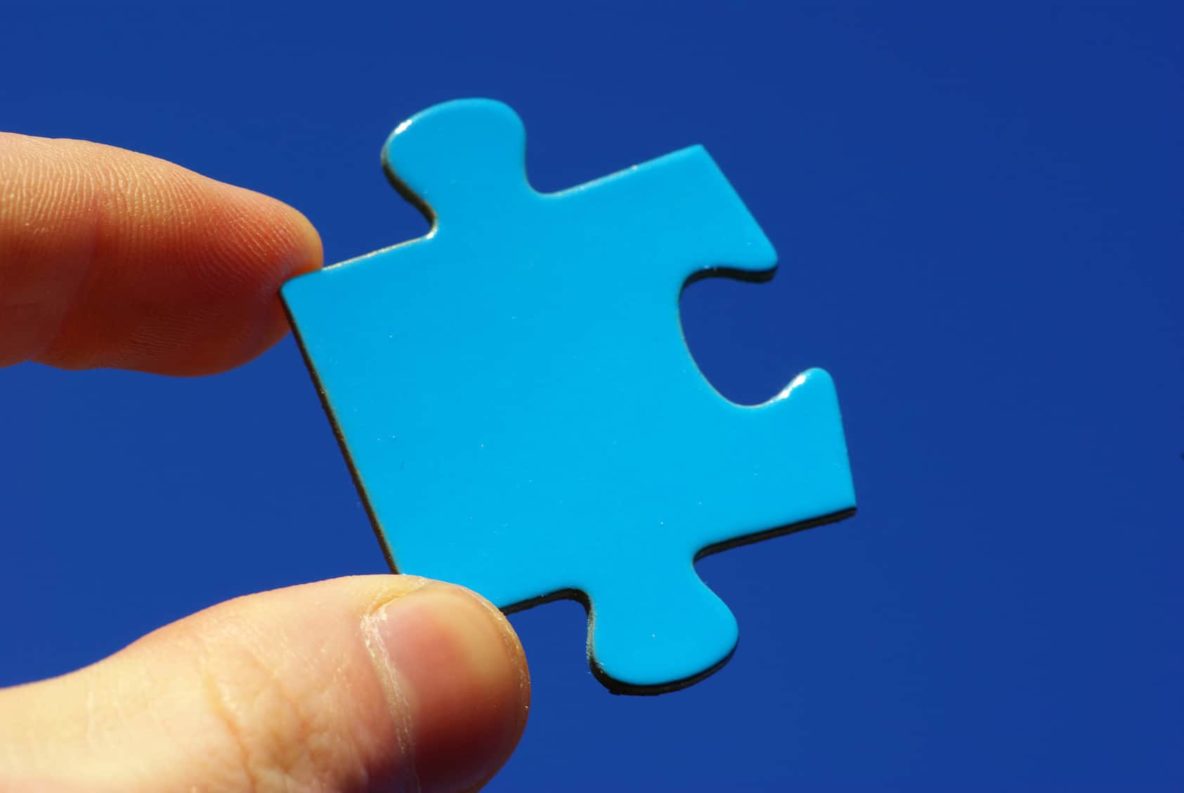Your goal is to win your jury trial. And the road to the verdict is fraught with anxiety. Of course, the attorneys and clients are anxious. Witnesses are also anxious. Courtroom personnel are often anxious.
It might surprise you, though, that the members of the jury are anxious too.
The jurors are concerned about following the evidence, and whether they will be tested regarding their understanding of legal terminology. They are worried they will appear less capable compared to other jurors. They are uncertain if they can fairly put together all of the evidence.
In addition to everything else you’re keeping track of, it’s important to manage the anxiety of the jury.
Here’s something I include in every trial to take the edge off for jurors, and to put them at ease. At the start of the trial, towards the end of my Opening Statement, I tell the jury,
“Trials are like puzzles. You don’t get all of the pieces in a logical order. But if I do my job correctly, I will give you all the pieces, and show you how to put the puzzle together so that you can render a verdict in my client’s favor.”
In a Jury Trial, Evidence is not Always Presented in a Logical Order
There are many reasons why the puzzle analogy works in a jury trial. First and foremost, it’s generally an accurate statement. We all know that documentary evidence and testimony are rarely presented in logical order. Different witnesses have different pieces of knowledge or documents to discuss. Sometimes witness knowledge has gaps that will require filling-in by other witnesses. Sometimes we take expert witness testimony out-of-order to accommodate schedules. On occasion, witnesses are precluded from testifying about something until we lay a better foundation, or until we present the evidence differently.
Jurors seek order in evidence. They look for explanations and ways to synthesize evidence throughout the trial. By telling jurors not to worry about the logic of the presentation of evidence, you remove one enormous obstacle which causes the jury to doubt or second-guess your presentation of evidence. It gives permission to the jurors to relax, and not worry about making the connections between pieces of evidence immediately. And, you are making a commitment to the jury that you will be their guide through the evidence: The Puzzle Guru, the one who helps them put it all together at the end.
If You Make Promises to the Jury, Deliver on the Promises
Once you’ve made the commitment to jurors that you will give them the pieces of the puzzle during the trial, and help them synthesize the evidence, that should be your sole focus. Make the evidence clear and understandable. Give the jury road-maps as you put it together with them. Use diagrams or document summaries — anything and everything so the jury understands that you are doing whatever is in your control to give them the tools to put together the evidence. If you don’t deliver on the promise, your chances of winning at trial are slim to none. Deliver on the promise, and you substantially increase the chances of a victory.
The Jury Will Still Pay Attention
When I train other lawyers, I am always asked if the puzzle analogy will cause the jury to become lax at trial. The thinking is, because you are telling the jury you will help them connect the pieces to the puzzle, they may not pay attention to the evidence as it comes in. To the contrary, I’ve found that the jurors pay better attention to the trial evidence, because they are not thinking of how the pieces of evidence fit.
If they don’t understand the fit, they might discount the evidence. Once you deploy the puzzle analogy, they see themselves as in the gathering mode — not in the analyzing and synthesizing modes.
Jurors will naturally tend to piece things together as a trial unfolds. If you tell them not to worry about the logical order of evidence, they will still piece evidence together as they go, but won’t resist trial evidence you present if they don’t see the immediate logical connection.
As for you, you have the opportunity to fulfill your promise to the jury. You make the trial evidence clear, show the jury how to piece the evidence together, and rule in your client’s favor.
Did you find this article helpful? You might want to read:
In Presenting Evidence to the Jury, Trial Exhibit Numbers are Crucial

